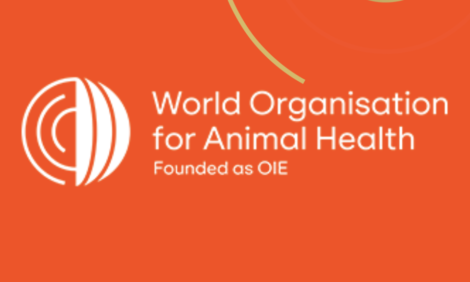



More ESBL Bacteria in Danish Chicken
DENMARK - Nearly half of the samples from chicken meat imported into Denmark contain ESBL bacteria and for the first time; the level is almost as high in Danish chicken meat. In contrast, the occurrence in Danish pigs has decreased significantly since farmers stopped using cephalosporins for pigs.These results appear in the Danish surveillance report, DANMAP, for 2011. ESBL bacteria are resistant to antimicrobial agents that are essential for treatment of severe infections in humans.
ESBL bacteria are among the most rapidly increasing global resistance problems. ESBL bacteria are resistant to the broad-spectrum antimicrobial agents, cephalosporins, that are widely used for treating life-threatening infections in humans.
The annual DANMAP report from 2011 shows that almost every other sample from both imported and Danish chicken meat contains ESBL bacteria. It is significantly more than found earlier in Danish chicken meat. In 2010, almost one in every 10 samples of Danish chicken meat was positive.
"The high occurrence of resistance to cephalosporins in chicken meat is alarming because there is a risk that bacteria are transferred from chicken meat to humans," commented Yvonne Agersø, Senior Researcher, the National Food Institute, Technical University of Denmark.
There is a need for more studies to determine the proportion of human infections with ESBL derived from animals.
Highly undesirable resistance
Consumption of cephalosporins is thought to be the main reason for the development of ESBL resistance. However, cephalosporins have not been used in the Danish chicken production for the past decade and thus cannot explain the increase in ESBL bacteria in the Danish chicken meat. The discovery of ESBL bacteria in Danish chicken may be due to spread from parent animals imported from a few manufacturers that export to all of Europe, animals that have been treated with cephalosporins prior to export. In recent years, an increase in the use of broad-spectrum penicillins in Danish chicken production have occurred, which may also have contributed to the increase in the occurrence of ESBL bacteria. Generally, the use of antimicrobial agents in chicken production is low.
"As long as ESBL bacteria enter Denmark via imported parent animals, it will be difficult to combat them. We must therefore pursue international solutions and initiatives that can limit the spread and the survival of ESBL bacteria in the herds. Detection of bacteria in chicken meat shows that the bacteria survive the slaughter process," commented Dr Agersø.
Significant decrease in the occurrence of ESBL in Danish pigs
In 2010, Danish agriculture introduced a voluntary ban on the use of broad-spectrum cephalosporins for pigs, resulting in the consumption for pigs being very close to zero for the past two years.
The voluntary ban on the use of cephalosporins has had a positive impact on the occurrence of ESBL in both herds and pigs at slaughter. In the 78 pig herds examined, no ESBL bacteria were found, while 3.6 per cent of the pigs examined at slaughter contained ESBL bacteria. The figures are significantly lower than in 2010 where 11 per cent of pig herds and pigs at slaughter contained ESBL bacteria.
"The voluntary ban on the use of cephalosporins in pig production seems to have effectively reduced the occurrence of ESBL bacteria in pigs. It is therefore important to uphold it," concluded Dr Agersø.
Further ReadingYou can view the full report by clicking here. |









